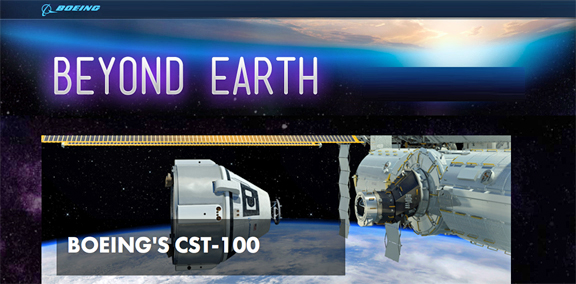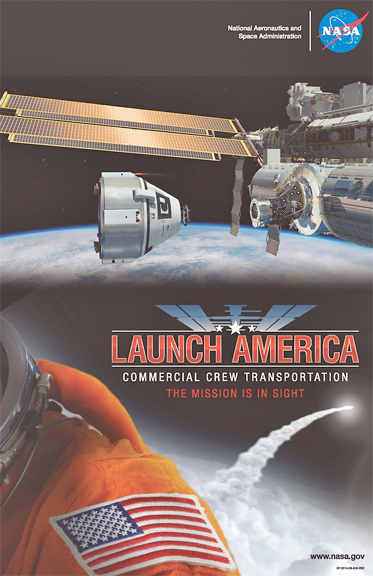
[SatNews] Boeing [NYSE: BA] and NASA recently completed the Ground Segment Critical Design Review and set the baseline design for the company’s Commercial Crew Transportation System, moving a step closer to the planned early 2017 voyage to the International Space Station.

Completion of the Certification Baseline Review allows construction on system hardware, including the spacecraft and United Launch Alliance (ULA) launch vehicle adaptor, to begin and also keeps the effort on track for achieving human-rated certification of the vehicle and ULA Atlas V rocket.
“This is an important step towards achieving human-rated certification,” said Boeing Commercial Crew Program Manager John Mulholland. “This review provided an in-depth assessment of our training, facilities, operations and our flight processes.”
Setting the design was the first milestone under the $4.2 billion contract NASA awarded to Boeing in September. The second milestone in the Commercial Crew Transportation Capability (CCtCap) phase of the Commercial Crew Program, the Ground System Critical Design Review, evaluates all the ground operations and systems, mission operation systems, facilities, training systems, including mock-ups and trainers, and the control center.
The Crew Space Transportation (CST)-100 spacecraft, being developed in partnership with NASA’s Commercial Crew Program, will provide a U.S. system for taking astronauts and cargo to low-Earth orbit destinations, such as the space station. It will accommodate up to seven people, or a mix of crew and cargo, and features a weldless structure, wireless Internet, and Boeing LED “Sky Lighting” technology.
More information about the CST-100 can be found at http://Boeing.com/CST100 and at http://www.beyondearth.com/space-systems/commercial-crew-transportation-system

